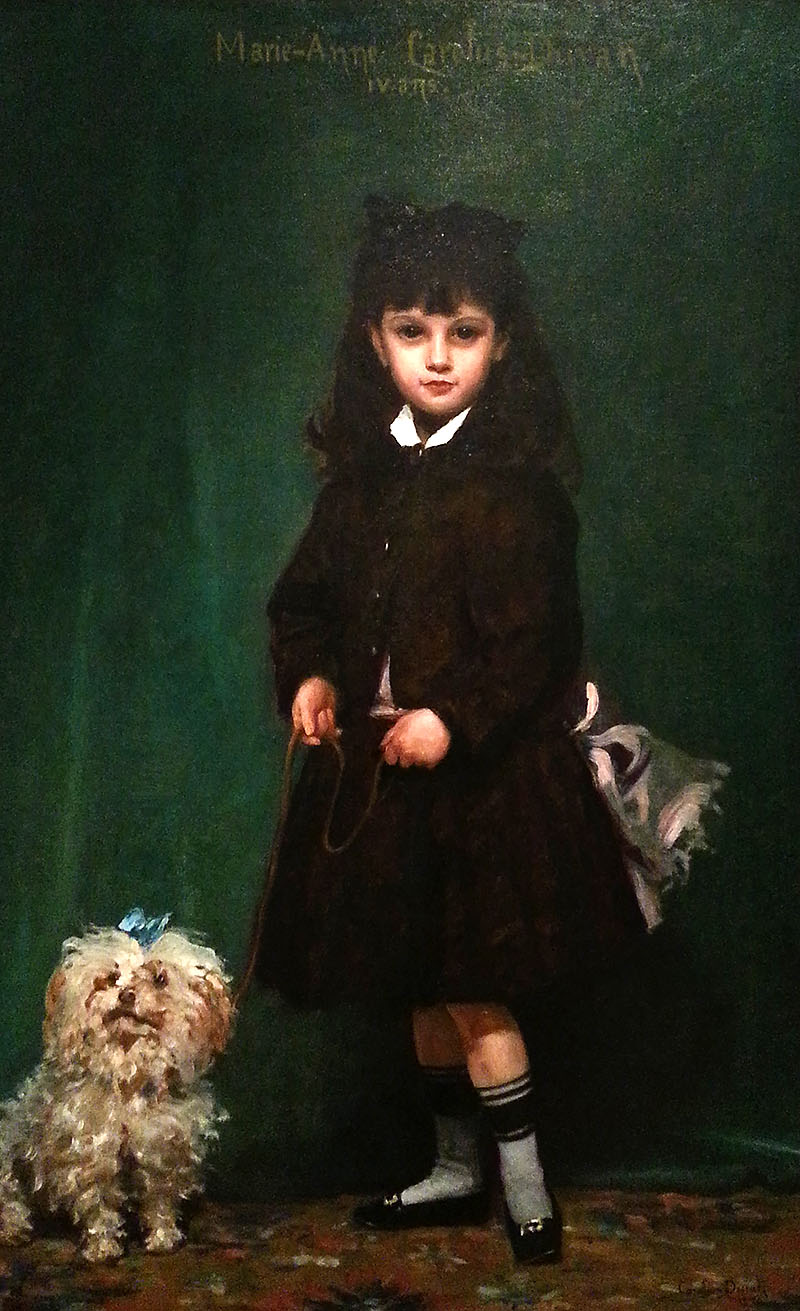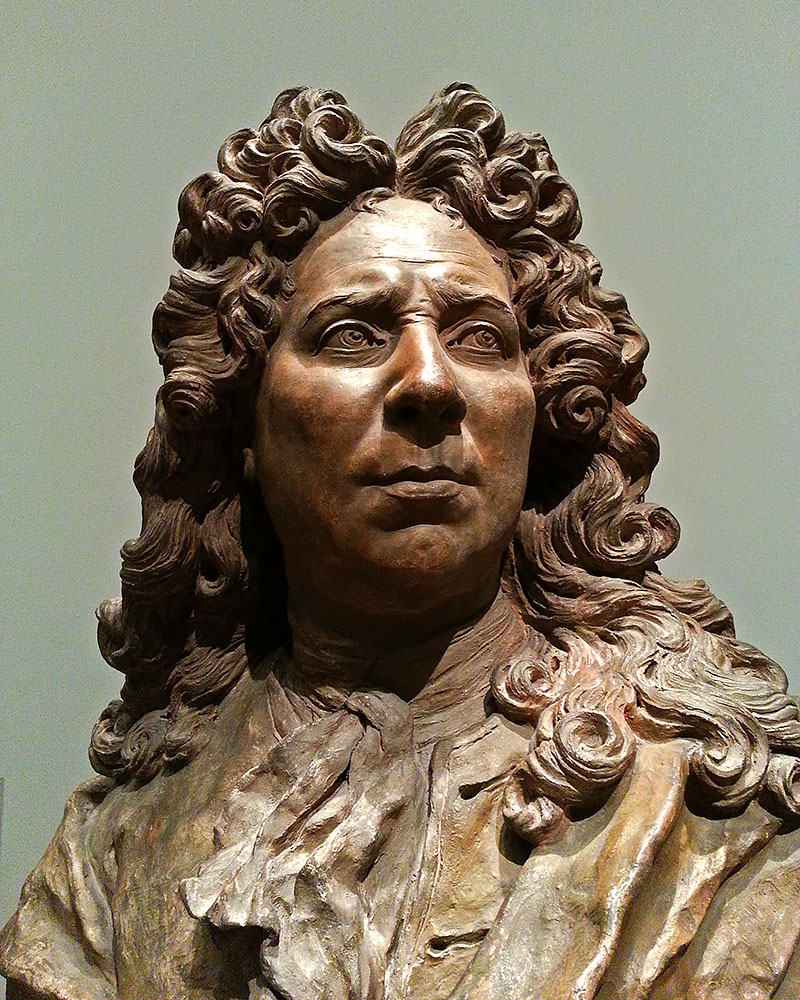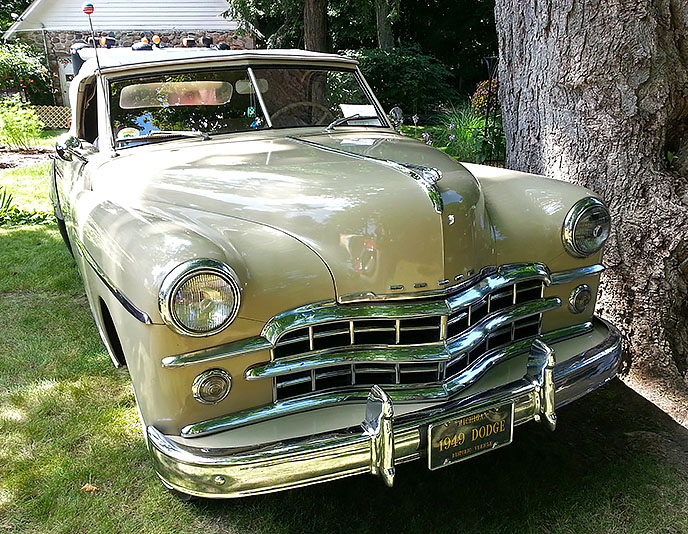by Joseph T. Sinclair
My grandmother collected pitchers of all sizes and shapes. Dozens and dozens. They took up a huge amount of space in her large home and today would be considered junky decor. I have a couple of her pitchers visible in my home with several more in storage. The rest are disbursed among the other grandchildren mostly stored, misplaced, broken, and lost. Few are used; no one displays many of them.
Yet if the entire collection was photographed, it would be interesting. It had many diverse pieces and was an expression of an ancestor I don’t remember. She died when I was three years old. In the digital age, each descendant of my grandmother could have the pitcher photo collection if it existed.
Is this a call to photograph the pitcher collection of my grandmother? That’s an idea. I would have visit all her living grandchildren, dig out the surviving pitchers from storage, and photograph all the pitchers including the ones being used. That’s an ambitious project and probably one that I won’t pursue. Besides a significant portion of the collection is now discarded.
But the idea is not dead, and collecting photos is not a dead idea. Had my grandmother collected photos of pitchers instead of the pitchers themselves, those photos could be digitized and the collection could be in the possession of each grandchild.

FDR (the president) had a stamp collection which it has been said kept him amused (and sane) during the heavy pressures of his presidency including World War II. Collections can be fun. But they can also be expensive. Stamp collecting isn’t cheap, particularly if one wants to include a few rare stamps. I wonder if collecting photos of stamps (or pitchers) might not be as satisfying as collecting the stamps themselves and a lot less expensive?
I have ruled out collections for myself thinking them an expensive burden with little utility. But with the advent of the phone camera, a new kind of collection is now practical: a photo collection of certain items.
In my case, the emerging collection I have inadvertently started is art. I have found that most art museums allow their art to be photographed (although flash photography is not usually allowed), and I can build my own personal collection of beautiful art easily (and somewhat unobtrusively) using my phone camera.


What makes this possible or even practical?
- Your phone is usually with you. You won’t miss an opportunity to take a collection photo when you run across it.
- Phone cameras are great cameras. You can use them to take wonderful photos of objects, photos that you will enjoy viewing for as long as you’re interested in your collection.
- You can easily learn the basics for photographing the type of objects you want to collect.
- Your collection will be very personal based on your own experience of being in a certain place at a certain time.
- Your collection can be huge. Digital photos don’t cost much.
- You can easily share your collection with other people.
- Size is not a limitation. You can collect photos of elephants or mountains as well as stamps.
- Your collection won’t take up physical space and be an ongoing burden.
Like antique cars? Start a photo collection. Learn how to photograph cars well. A bright shiny beautiful antique car photographed at a summer car show makes a great photo and a great addition to a collection. Like stamps? Most phone cameras are good macro cameras and can take excellent photos of small objects. Like pitchers? You can learn techniques for taking colorful photos of pitchers wherever you find them.


As for me, I have grown fond of shooting photos in art museums. Phone cameras can do a great job of capturing great art. There are a few things to learn, and conditions (e.g., lighting) aren’t always present to facilitate acceptable photos. Nonetheless, I can build my own personal art collection to review and enjoy myself from time to time and also share with others. Indeed, so long as the art is not copyrighted, I can use it for almost any purpose.

Keep in mind also that a photo collection is not confined to the computer monitor or tablet screen. You can make prints and display them. One can imagine that a dozen colorful prints of my grandmother’s pitchers on the wall could be even more attractive than the pitchers themselves on display. The photos would be more visible, take up less space, and could be any size. One can imagine that an 8” x 10” photo of a stamp on the wall could be more satisfying than the same little stamp in a stamp album.
If this seems like a crazy idea to you, perhaps you are thinking in the snapshot mode. Rather, think in the fine art mode. Learn to take fine art photos of the objects in your collection. Take photos that are fine art by themselves regardless of the objects. Make your photos of your collection exquisite ones.
